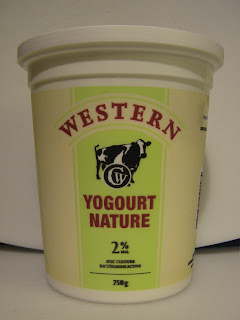Firstly, I will show you how to prepare the dandelion greens for cooking.
I purchased this a bunch of dandelion greens in my local supermarket. They are approximately 1 1/2 feet in length, from top to bottom.
Chop off the bottom last inch and discard.
Proceeded to cut the greens, up the stalk, in one-inch segments. Your pieces can easily be cleaned by using a salad spinner, as seen below.
Place the dandelion greens in the salad spinner and fill with water. Swoosh around (this is the actual technical term) the leaves and stems and you will find that the dirt will fall to the bottom. Drain the water and presto, you have cleaned greens ready for use.
On to the recipe!
Ingredients:
- dandelion greens (cleaned and chopped)
- 3 tablespoons of olive oil
- peperoncini/chili flakes (to taste)
- peperoncini/chili flakes (to taste)
- a handful of green marinated olives
- 1 medium onion (roughly chopped)
- 5 large cloves of garlic (roughly minced)
- 3 fillets of milk-fed veal scallopine/cutlets (cut, against the grain, in small strips)
- approximately 4 tablespoons of balsamic vinegar
- approximately 3-4 cups of hot water
- 1 tin of tomato paste (156 mL)
- 1 tablespoon of German mustard (I prefer the taste and quality of this type of mustard)
- 2 tablespoons of paprika
- 2 tablespoons of dried oregano
- salt (to taste)
- fresh ground black pepper (to taste)
Method:
In a large pot, and using high heat, pour in the olive oil. To it, add the peperoncini and the marinated olives.
As you can see, the olives I used contained pits.
I simply removed the pits with a cherry pitter and gave them a rough chop. Adding olives, in this method, at the beginning of recipes, can add a great amount of flavour.
Continue to add to the chopped onion and cook them until they turn a tan colour. Now add in the minced garlic. Your mixture should look like this:
At this point, add in your milk-fed veal and pour the balsamic vinegar over it.
As you can see, I cut the veal against the grain in small strips, so that it cooks quickly and for it to provide maximum flavour to the soup. I used milk-fed veal, because I believe is the better product, both in taste and quality.
Once the meat has browned, it will look like this:
Now add the following:
- hot water
- tomato paste
- German mustard
- paprika
- dried oregano
- salt
- fresh ground black pepper
Stir to combine the ingredients. Your soup base should look like the following picture:
Place your cut dandelion greens directly on top of the liquid and cover.
Through the cooking process, the greens will automatically wilt and release water. There is no need to stir. Simmer the soup until your dandelion greens are tender.
Yum.
Thanks for the comment and the request! Keep reading and keep cooking!













































